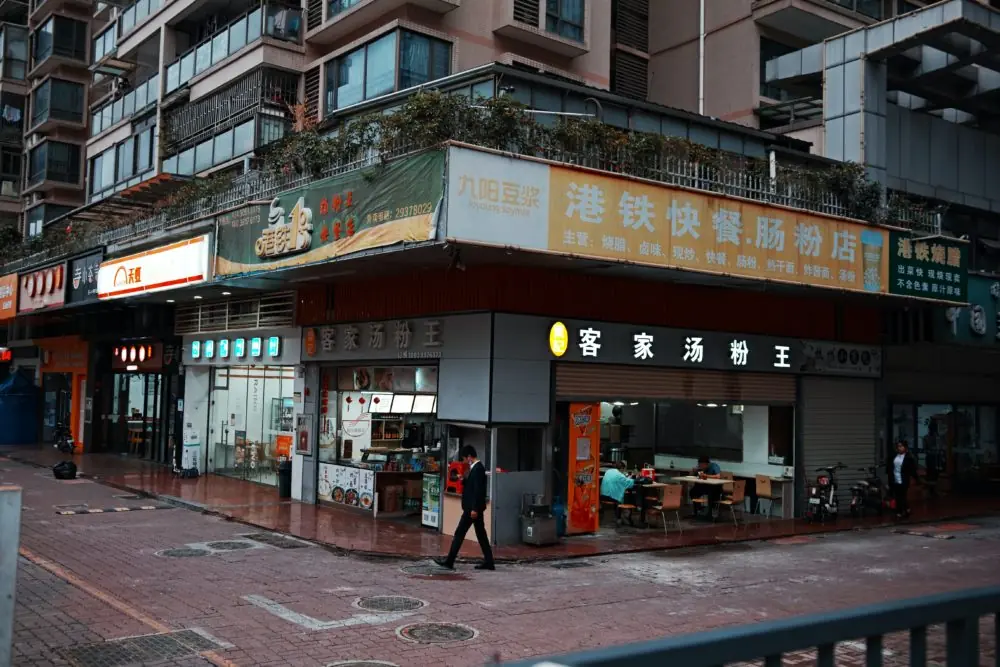A COVID-19 outbreak in China is causing delays and driving up costs for eCommerce inventory.
Fund your inventory with 8fig!
An outbreak of the Omicron variant in Shanghai has shut down the largest metropolis in the world. More than 23 million people call Shanghai home (roughly 3 times the population of New York), and the city also houses the world’s largest shipping port.
Starting March 27, authorities began a snap lockdown in Shanghai to get the omicron surge under control. Since then, stories of residents running out of food and protesting lockdowns in the streets have emerged. Unexpected shutdowns at factories and shipping centers in and around Shanghai are also causing a ripple in the global supply chain, driving up costs and inventory shortages.
The supply chain was already under strain before the lockdowns, and eCommerce sellers should expect this to continue throughout 2022 and into 2023. Read on for more updates about Shanghai’s lockdown and how it’s impacting the eCommerce supply chain. You can also check out and share our Twitter thread about how to optimize your supply chain during the shutdowns.
China’s major role in eCommerce and the global supply chain
China is the largest eCommerce market in the world, both in terms of annual revenue ($2.78 trillion in online sales) and production ($2.01 trillion in output). More than half of the world’s retail sales (52%) take place in the country, mainly through eCommerce marketplace giants Alibaba Group, JD, and Pinduoduo.
So how did China become such a major player in eCommerce and the supply chain? Low labor costs, non-existent taxes, and lack of regulations make it an attractive and cost-effective place to outsource production to. But there’s a price to pay by having so much production rely on one country, and we’re seeing this play out in real time throughout COVID-19.
Shanghai resumes factory operations for ‘white-list’ companies
In an effort to mitigate supply chain impacts resulting from the outbreak, Chinese authorities are allowing some companies to resume factory operations in Shanghai. The Shanghai Commission of Economy and Information Technology green lit 666 companies to resume production, mostly in the automobile, semiconductor and energy industries.
Companies that are on the ‘white-list’ to resume production include giants such as Tesla and SMIC.
We’ll ask a few quick questions to better understand your specific business needs. Then, we’ll build a funding plan tailored to your expenses.
Subscribe to the eCommerce newsletter for
top industry insights
Beyond China: 5 more disruptions impacting the supply chain
The Shanghai lockdown is driving up demand, delays, and costs at an already delicate time for business owners. But beyond China, things such as rising inflation and fuel shortages are causing moreprice hikes. Check out some of the top stories affecting the supply chain this week.
1. Global inflation is rising
Global inflation caused many eCommerce sellers to raise prices in late 2021 and early 2022. In January, U.S. inflation hit its highest level in 40 years and prices have continued to rise since then. In the world of eCommerce, logistics costs and prices associated with rising inventory demand will likely be passed onto consumers.
2. Amazon implements temporary seller surcharge
Amazon is raising seller fees on the platform, at least temporarily, as a response to inflation and rising fuel costs. The 5% surcharge will go into effect on April 28, according to the eCommerce giant.
In an email sent to sellers, Amazon stated “We expected a return to normalcy as COVID-19 restrictions around the world eased, but fuel and inflation have presented further challenges. It is still unclear if these inflationary costs will go up or down, or for how long they will persist, so rather than a permanent fee change, we will be employing a fuel and inflation surcharge for the first time.”
3. World Bank cuts global growth forecast, citing war in Ukraine
The war in Ukraine has led to major disruptions in the global economy. As a result, the World Bank cut the global growth forecast for 2022 by almost a full percentage point, from 4.1% to 3.2%. Agricultural exports from Ukraine have contributed to the supply chain disruptions and rising prices.
4. Tighter truck inspections lead to shutdown at U.S. border
Texas governor Gregory Abbott enacted controversial truck inspections for northbound trucks at the Mexican border, triggering a series of protests that led to shutdowns. An estimated $240 million in perishable goods spoiled before arriving at their ultimate destination. As a result, prices for goods such as avocados, strawberries, and asparagus are going up as soon as this weekend for U.S. consumers.
5. A fuel shortage in Sri Lanka causes diversions, delays
The global fuel shortage hit Sri Lanka, slowing down the country’s production output and triggering power cuts in residential and commercial zones. Goods traveling to Colombo, a major port in Sri Lanka, may divert to India as a result.
How to optimize your supply chain during strain
Here at 8fig, we live and breathe the supply chain. During times of uncertainty, we want to provide helpful tools and resources to make your business resilient. Here are some tips to optimize your supply chain in any weather:
- Use technology to stay nimble and resilient
- Protect your inventory with shipping insurance and HS codes
- Don’t be afraid to get creative with your logistics solutions
- Future-proof your business with strategic partnerships
- Take time to understand your shipping lines
It’s more important than ever to keep your supply chain nimble and optimized. The flexibility of 8fig’s Growth Plans were built with resilience in mind. Take advantage of our tools and features to map your supply chain and cash flow today.
Sign up for a free 8fig Growth Plan and submit a funding offer. We’ll come back with an offer to cover up to 95% of your supply chain costs.



